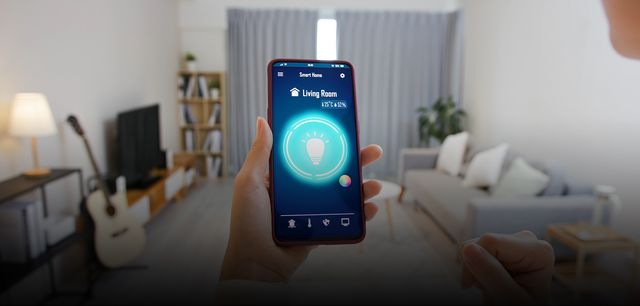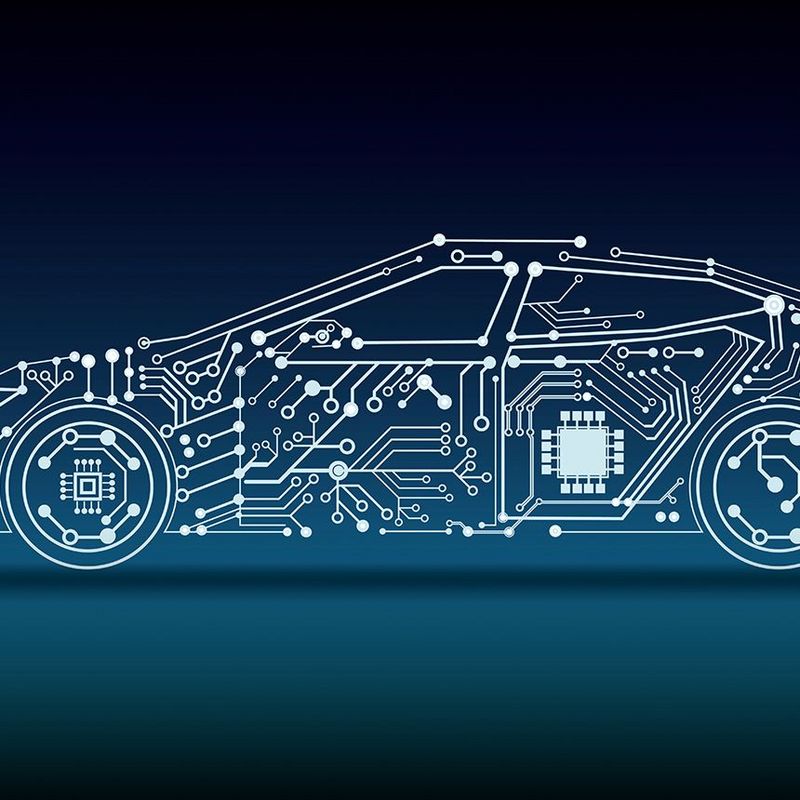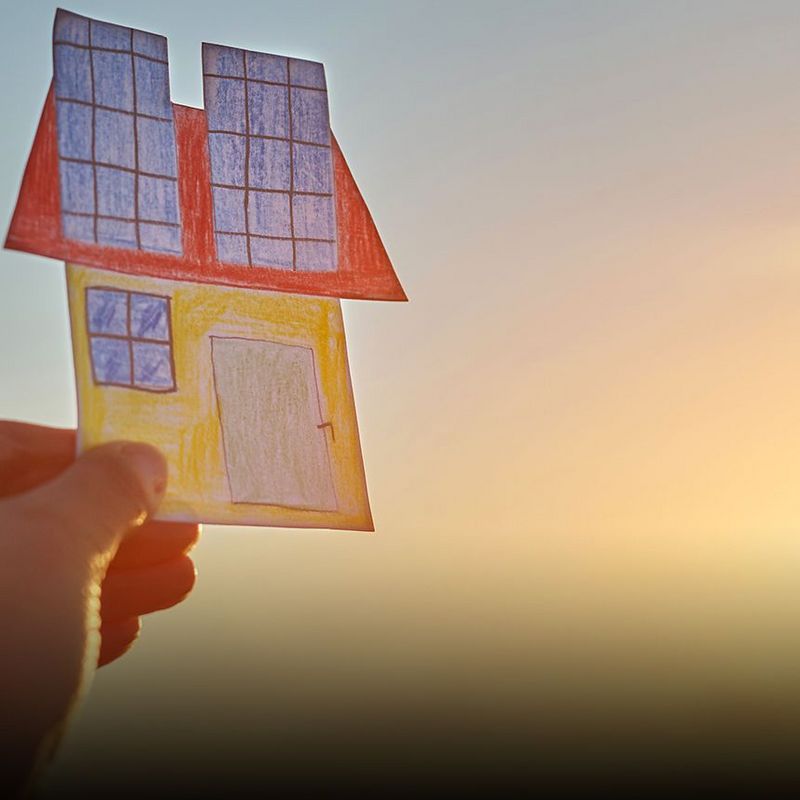11. November 2021
Heating costs and electricity prices are set to rise next year. Our tips can save you both money and energy.
1. Set your thermostat correctly
The belief still persists that the higher you set your thermostat, the faster the room will heat up. But the fact is that the water in your radiators is always at the same temperature; when you turn up your thermostat, the radiators just stay warm for longer. This is why you should set the thermostat to your desired temperature from the outset. With a five-stage thermostat, level 3 will give you around 20 degrees – which is comfortable enough for living spaces. There is a difference of three to four degrees between the levels. In the bedroom, 18 degrees, i.e. level 2.5, will often be sufficient; in little-used rooms you can make do with 16 degrees, i.e. level 2.
2. Make your thermostatic valves smarter
If no one’s at home, there’s no point in making it nice and toasty. If you don’t want to go around turning every single radiator valve up or down, you can opt for smart thermostatic valves instead. These can then be controlled centrally using an app, for example. If you like having a nice warm bathroom in the morning, you can programme the thermostatic valves to turn the heating up in good time. Some smart valves will also detect when a window has been opened for ventilation and automatically turn off the heating. If you come home at irregular times, you can use the app to activate the heating in advance. The smart thermostatic valves will then heat up the rooms slowly, saving energy in the process and avoiding cost-intensive rapid heating. Consumer organisation estimates the savings potential of smart heating management for the average apartment in an old building at eight to ten percent, the Verbraucherzentrale calculates savings of nine to fourteen percent.
3. Don’t overheat
If your room temperature is higher than it needs to be, you will waste energy – and that will hit your wallet. Every degree lower will reduce consumption by around six percent. The non-profit consulting company co2online estimates that, in the case of an average detached house with an area of 150 square metres and a consumption of 22,500 kilowatt hours per year and which has not been upgraded for efficiency, this will allow savings in the case of gas heating of 1,350 kilowatt hours, equivalent to about 115 euros per year. If you heat using oil, you can reckon with a saving of about 65 euros. Incidentally, heavy furniture, thick curtains or cladding should not be allowed to obstruct the radiators, because this will prevent the warm air from flowing out and spreading throughout the room.
4. Avoid the deadly gurgle
If your radiators are gurgling, it will be because there is too much air in the system, which will prevent them from getting properly warm. Radiators should therefore be regularly bled with a special key. At best, you should do this once a year before the heating season begins. In this way, consumers can reduce their heating costs by up to 15 percent. To find out how to bleed your radiators correctly, read here.
5. Leaving windows permanently open is a no-no
Leaving windows slightly open the whole time is inefficient, causes heat loss and cools down the surrounding masonry. Moisture condenses faster on cold walls – creating the ideal conditions for mould formation. Ventilating several times a day for five to ten minutes is much better. This ensures effective air exchange and prevents permanent cold spots from forming. It’s especially important to ventilate after cooking, showering and sleeping so that the damp air can be purged. At night, on the other hand, it’s a better idea to keep windows, shutters, curtains and the like closed to avoid excessive heat loss.
© iStockIf you ventilate from time to time during the cold season instead of permanently tilting, you will save a lot of energy.
6. Energy-saving cooking
When you cook, it’s a good idea to use a lid if possible and always to select the right hot plate for the size of pan. This will make cooking faster and save you energy. Water belongs in the kettle. Kettles use significantly less electricity than a pan, especially for smaller quantities. Hobs and ovens can be switched off five minutes before the end of the cooking time. The residual heat is usually sufficient for the final finishing touch.
7. Fill your dishwasher
This sounds trivial but is really effective: if you only put on the dishwasher when it is completely full and use an energy-saving program, you will save electricity as well as water.
8. Keep the fridge cold
Warm leftovers should always cool down completely before you put them in the refrigerator. Incidentally, the ideal cooling temperature for your fridge is seven degrees Celsius. According to the Verbraucherzentrale, every degree over that figure increases consumption by five percent. Of course, the refrigerator isn’t one of those appliances which radiate heat, like your cooker or heating for instance.
9. Goodbye, stand-by
Devices in stand-by mode draw power continuously. A PC plus printer will consume around 80 kilowatt hours (kWh) of electricity – which adds up to roughly 23 euros per year. A TV in stand-by mode will consume between 50 and 112 kWh per year, depending on the model. Smart sockets can help here by disconnecting stand-by devices from the mains. The smart sockets can be switched on and off directly, using an app or via voice control.
© iStockSmart sockets can be controlled via apps and the like. So power-hungry devices in standby mode can be disconnected from the grid at night.
10. Lights off
You should only have the lights on in rooms you’re actually using. Smart lighting fixtures and light switches can make this easier. Coupled with a motion detector, they will ensure that the light in your hallway or basement is only on when you need it – and won’t accidentally be left burning throughout the night. The practical thing about smart light switches is that they can also be linked to smart sockets. With one click, you won’t just be switching off the light but will also automatically disconnect all stand-by devices from the mains. In a smart home, other connection scenarios are also possible: For example, a single smart light switch next to the front door can turn off the lights throughout your apartment, turn down the smart heating thermostats and switch on the alarm system. If a window has been left open, you will automatically receive a warning message on your mobile phone.
Smart and secure
Two out of three citizens consider the risk of being targeted by hackers in a smart home to be very high. This was shown by a study carried out by the TÜV Association. In fact, it doesn’t take much to enhance the cybersecurity of smart devices:
1. Create strong passwords
Insecure passwords are an invitation to cybercriminals. Which is why you should always change the default password whenever you install a smart device. A strong password consists of at least ten characters and will include uppercase and lowercase letters, digits and special characters.
2. Use proper encryption
A well-secured home network is one of the most important prerequisites for a smart home. For WLAN routers, you should therefore use the current encryption standard, which is WPA3.
3. Check your data shares
If your smart devices are controlled via your mobile phone or tablet, you should carefully check the data shares associated with other apps and programs. Many apps ask to access your microphone or camera during installation. To protect your personal data, they should only be granted the rights that are needed for the functionality of the app. It may seem a tedious chore to read the manufacturer’s privacy policy, but it will tell you a lot about what happens to your data.
4. Don’t put off your updates
Outdated software versions often contain vulnerabilities which make it easier for hackers to find a way in. You should therefore regularly install updates to your smart devices and router. What’s more, updates often improve the compatibility of different devices.
5. Pay attention to test certificates
The approach of individual manufacturers of smart devices to cybersecurity is not easy for consumers to discern. If you want to avoid unpleasant surprises, you should therefore pay attention to certificates from independent testing bodies, such as the TÜV Test Mark CyberSecurity Certified (CSC), when buying a device.





